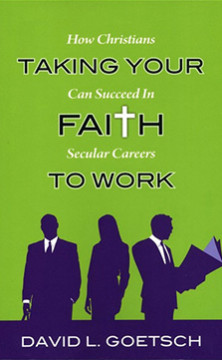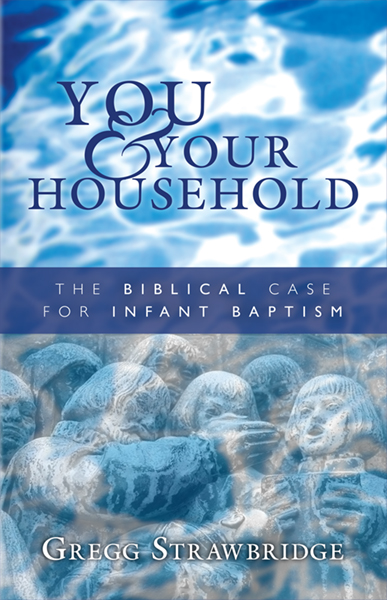Guest Post by Rich Lusk
“The old alliances are dead.”
– Theoden
“The world is changed…
I feel it in the water…
I feel it in the Earth…
I smell it in the air….Much that once was is lost. For none now live who remember it.”
— Galadriel
“Our list of allies grows thin.”
— Elrond
“All we have to decide is what to do with the time that is given to us.”
— Gandalf
“The West has failed.”
— Denethor
Now that the Trump era is over, at least as far as his Presidency is concerned, it’s worth taking a look back at what happened in the 4+ years that he dominated the political and cultural landscape. I am convinced that Trump himself is nowhere near the most important thing that has happened. Rather, Trump exposed and accelerated trends that were already in motion. The Trump era brought to the surface and revealed many things that had been hidden from view. This has been an apocalyptic moment in American history.
I am most interested in what has happened to the evangelical and Reformed church context in which I am a pastor, but that cannot be considered apart from the political trends that have generated so much discussion and division.
Obviously, and understandably, Trump was a very divisive figure. His foibles, real and imaginary, are well known because we have been bombarded with them 24/7 for years now. There is no question he is something of an egomaniac, and could often be his own worst enemy. Policy-wise, he was generally conservative and should be applauded for many things he did (e.g., building a strong economy until COVID hit, gaining energy independence, removing the nation from entangling alliances, taking seriously the China threat, brokering Middle East peace deals, etc.) as well as things he did not do (e.g., no new wars, respecting states rights in regard to COVID responses, etc.). But I do not think Trump himself is the most important barometer of the church’s health at this point — indeed, far from it. While it is virtually impossible for me to reconcile any kind of support for Biden/Harris with Christian faith, I can certainly understand why many Christians have been reluctant to throw their support behind Trump. Frankly, I can sympathize with many of the criticisms of Trump that came from the “never Trump” camp….until I consider what the alternatives to Trump were. Making a Christian case that Trump has serious issues is not that hard to do. Making a Christian case that he is somehow worse than the alternatives that were available to us is virtually impossible — and “never Trumpers” never seemed to grasp that. Making a case against Trump is not the same as making a case for the Democrat options (or any other available options), which is what “never Trumpers” needed to do. “Never Trumpers” failed to develop any kind of alternative vision to Trump, even at a theoretical level. Nevertheless, they continued to cast aspersions on Christian and conservative Trump supporters. But this was an entirely unhelpful strategy. Caring about the political realm and expressing patriotic convictions are not necessarily signs of idolatry and voting for Trump in ’16 or ’20 does not necessarily mean one has sold his soul to the devil; indeed one can argue it was the best and most prudent course of action. But, again, how Christians feel about Trump is NOT the best litmus test for where we are anyway. So what is?
(more…)






















